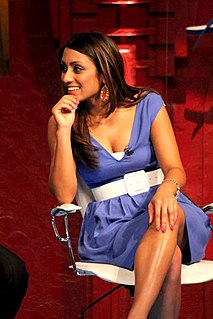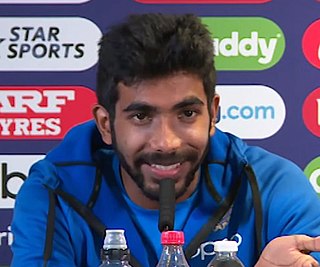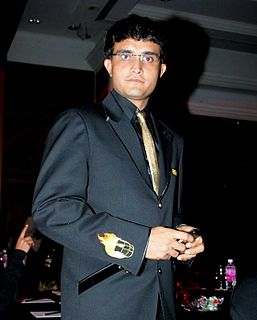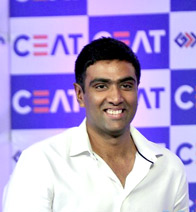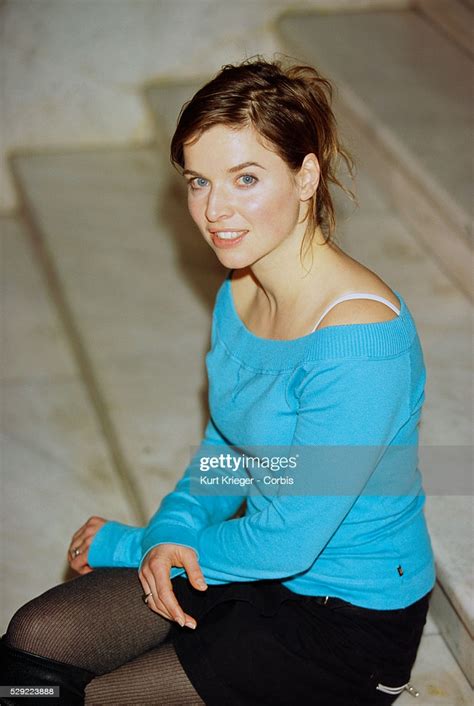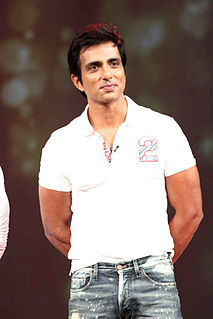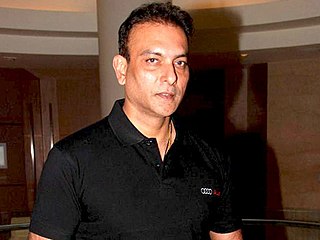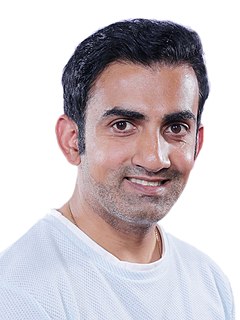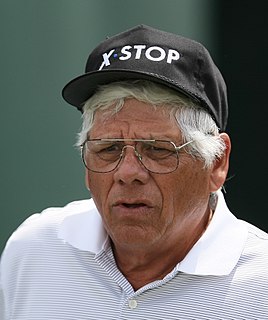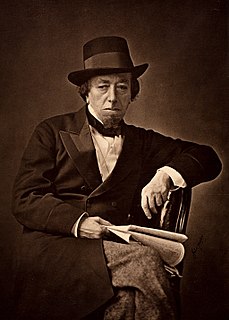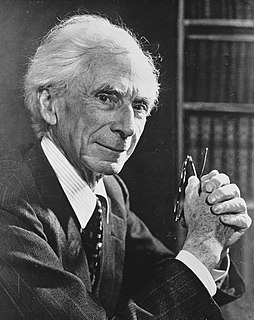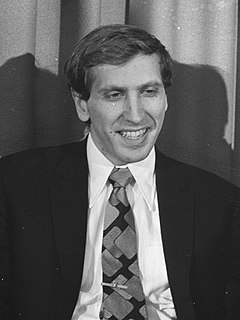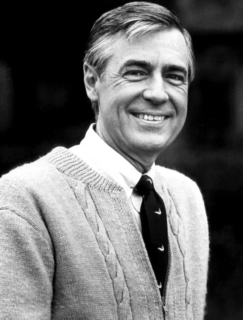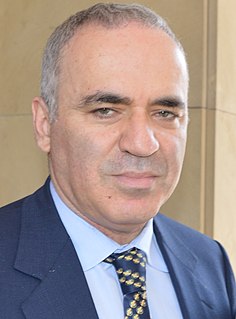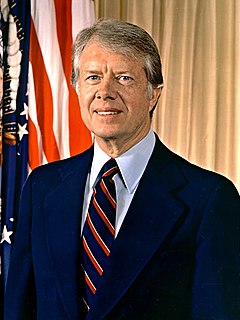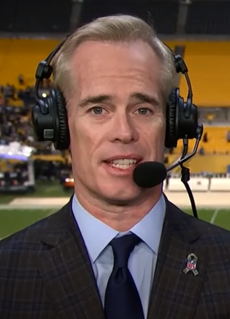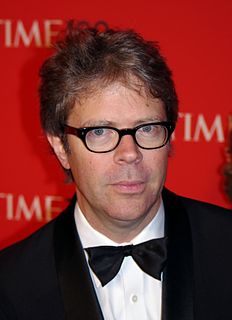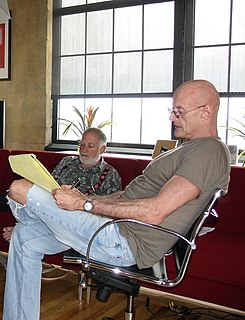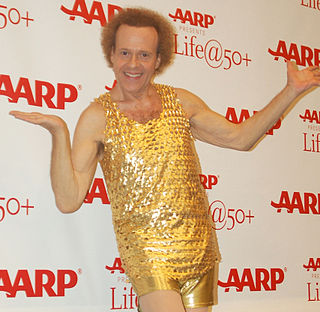A Quote by Isa Guha
In T20, I think it's really valuable to have a bowler who can bring the ball back into the right hander at pace.
Related Quotes
I find the ball, and I think, 'Where's the ball going, and where do I need to go?' It just puts me back in the game, and it's the simplest thing, but it's become sort of like my soccer mantra. I simply use the ball as my focus point and move back into position, and the distracting thoughts disappear, and I'm right back in the game.
I think it's very valuable as an actor to throw yourself back into having that direct connection with an audience on-stage and work that muscle. It is a very different type of work and equally fascinating. I mean, I've very much in love with filmmaking because I really love the way you can tell stories with a camera and how music and everything contributes to the story in a very direct way. But I also think it's very valuable to come back to theatre, so if the right script came along I would love to come back to London and do some more.
I always loved hitting a low fade to a back-right pin with the wind howling from the right. Not many guys could get it close in that situation, because they kept it low by just putting the ball back in their stance. You see, playing the ball back turns you into a one-trick pony - you can only hit hooks.
